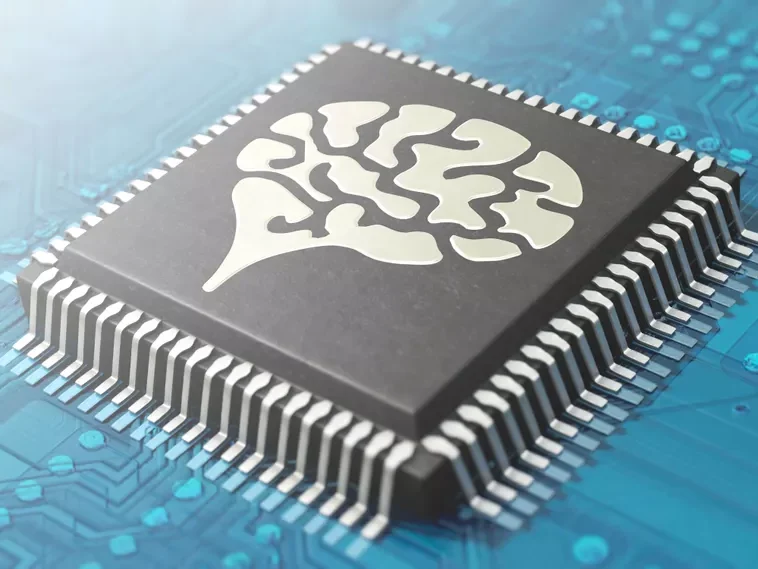Artificial intelligence methods in which the system completes a job with logical conclusions are collectively called symbolic AI. Here, data is represented by mathematical formulas. Such approaches are employed if no data is available for the learning, or the job may be given as logical connections. Read the article to find out what is symbolic AI and its prospects.
What is Symbolic AI?
It encompasses all AI research techniques grounded on high-profile symbolic portrayals of issues, logic, and search, according to the symbolic AI definition. The most successful example is top-notch systems which use a concepts net. The expert system analyzes these principles, draws logical reasoning, determines further data it needs, and what questions should be asked using symbols understandable to people.
The role of symbols in AI
Symbols have huge significance in the evolution of our cognition and mental processes. We acquire knowledge of concrete objects and abstract ideas before developing rules for interacting with those ideas. These laws can be codified in a manner that incorporates common knowledge.
Symbolic AI imitates the method to convey awareness using regulations that allow the administration of those signals. Incorporating human knowledge, behavioral standards with computer algorithms is what the phenomenon implies.
Benefits of Symbolic AI
Symbolic AI simplified the procedure of comprehending the reasoning behind rule-based methods, analyzing them, and addressing any issues. It is the ideal solution for environments with explicit rules.
What is symbolic reasoning in artificial intelligence? Translation of issues into words that can be handled inside a whole group or abstract problem-solving is extensively emphasized in the area of research. One notable benefit is the ease with which symbolic analysis is implemented in AI projects. It might justify what was performed and give the reason a particular result was attained.
Areas where symbolic AI has been ahead of the game
Many AI systems operate via symbolic AI. The most frequent areas are:
- Constraint satisfaction. It is the procedure when to solve an issue, some requirements or restrictions must be met.
- Natural language processing. The area of AI empowers computers to comprehend spoken language and facilitates relations between people and technology.
- Logical conclusions. Rules are the main accent of the phenomenon. To reach a conclusion, the system examines practice data and supporting information.
These are only a few instances of symbolic AI’s many uses. Numerous more fields make use of technology.

Methods of symbolic AI
The goal of symbolic AI is to find top-down solutions to issues. The primary symbolic artificial intelligence method is searching. Here, the term “search” refers to the process where the computer iteratively tests various solutions and evaluates the outcomes. AI employs search algorithms which iteratively examine every potential outcome. The only portion of the answer formed in the computer’s memory is the portion being researched right now.
Neural networks vs. symbolic AI
Many contemplate the different neural networks vs symbolic AI. Because neural networks were ineffective and demanded processing resources which weren’t accessible when they were developed, they were typically neglected decades ago. Nevertheless, deep learning has become increasingly popular over the past years. It has taken the place of AI projects due to the abundance of data and accessible computing power.
One benefit of neural nets is their capacity to handle unstructured data. Deep learning and neural nets address the issues the symbolic AI encounters. They have changed computer vision applications, including cancer diagnosis and facial identification.
Problems with symbolic artificial intelligence
In the 90s, scientists stopped up on symbolic AI after discovering they couldn’t resolve the issues with information from common sense. Despite possessing strong reasoning abilities, teaching this kind of AI is complicated. Because such an algorithm can’t get new information on its own, new rules and data must be added.
The current positions of symbolic AI
The fusion of neural nets with symbolic AI has previously occurred on several occasions. The Neuro-Symbolic Concept Learner (NSCL) project is one of the examples. The hybrid AI concept was established by the MIT-IBM Watson AI Lab. The method is intent on solving the issues with graphical question-answering by incorporating rule-based computing with neural nets. It might take on new activities with less knowledge.
The actual examples of using symbolic and hybrid AII
Here are some spheres of businesses streamlining their procedures by utilizing symbolic and hybrid AI:
- Insurance. When technologies are used properly, they may assist in gathering data essential for threat and policy evaluation.
- Media enables the bulk detection of keywords and subjects of reader interest by applying techniques of hybrid AI.
- Banking. An impactful AI platform addresses restrictions in the supply chain of services, from knowledge-grounded FAQs to email automation and classification.
Scientists want to revolutionize AI by enhancing and fusing the advantages of statistical AI with the capacities of human symbolic knowledge and intellection. Researchers are laying the groundwork for generic AI via neuro symbolic AI.
